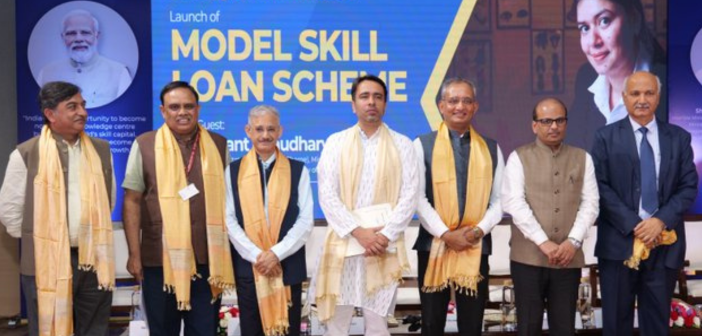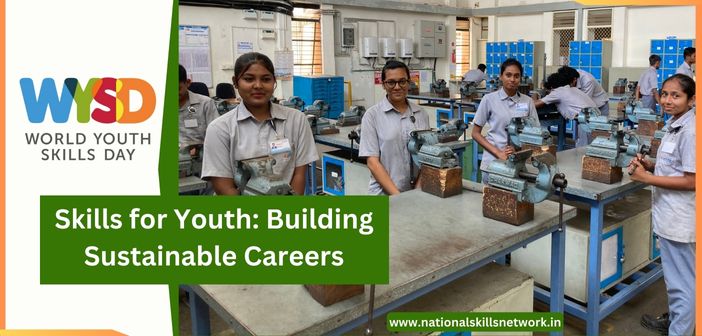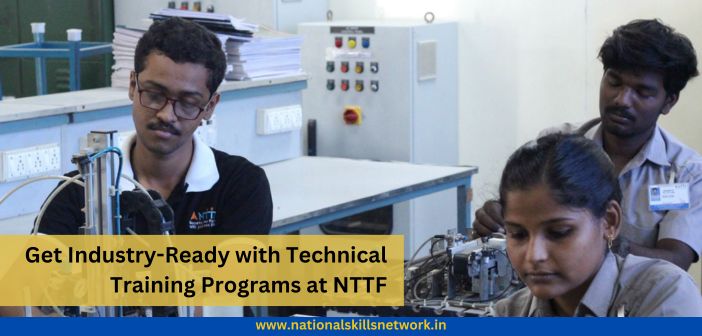Leather industry in India is at the helm of making a wide range fashion and lifestyle products with international quality and standards. However, the industry is facing acute skill deficit to achieve growth targets and compete in international markets. In this Skill Story, Mr. Habib Hussain, Chairman, Leather Sector Skill Council (LSSC), presents the big picture about plans for skilling and employment by delving on the aspirational value of the jobs in this sector. Read on to know more about the positive impact of LSSC in creating sustainable training models and employment.
About the industry
It’s a bit of a misnomer to call it the leather sector; it is more a part of the fashion footwear and lifestyle products industry. We make leather products, garments and accessories and we also make non-leather products that requires the same skills. Total size of the current industry is worth 12 billion $ with a projected growth rate of 24% in the next five years.
In addition to the scope for growth, Indian leather industry has the unique advantage of surplus skilled and unskilled workforce who can be trained to meet the industry demands in finished leather, footwear and goods. The sector employs over 3.09 million employees and this is slated to double by 2022.
Hence, skill development is a key component in our growth trajectory. We have adapted global standards to suit Indian industry and currently our emphasis is on entry-level skilling with special focus on economically weaker sections of society and women. With the majority of employees being women, we have introduced special schemes to address their financial needs and social security. So far, we have trained more than one lakh people in various skills to enable decent incomes and livelihoods, thus empowering them in the process.
 The skilling challenge in the leather sector
The skilling challenge in the leather sector
As we are aware, institutionalized education hasn’t been able to meet the industry demand for skilled workforce, and hence the government has taken various steps to meet this challenge by coordinated initiatives in skill development. One of them includes collaborations under the public private partnerships (PPP) for vocational training and skill development. Out of the estimated skill gap of 500 million across all sectors, the initial PPP target was to skill 150 million. This is revised periodically depending on the performance of various players. Under the leadership of MSDE and NSDC, we are moving towards a consolidated approach to outcome based skilling programs that should result in sustained and gainful employment or self-employment. There are new initiatives to bring in international players and new techniques in skilling by supplementing government initiatives. The leather industry contributes 12-13 % of GDP by producing Rs.1055 billion (approx.) worth of leather goods and products and it comprises 571 micro industries, 1239 small industries, 162 medium and 130 large industries*.
The challenge is to create an infrastructure to plan and support the growth of the industry. LSSC has already put in place a number of training partners – both government and private – spread all over the country. Jobs in leather industry need to be presented as aspirational. For example, we’ve had people in our factories who started as helpers and have grown to be supervisors and managers, and there are women whose children have studied to be engineers and doctors. In terms of mobilizing candidates, our primary target is the agricultural farm labourers, living in a village, without any other livelihood option to grow or sustain themselves.
Advice to training partners
The training partners have to ensure that the quality of training is top class by having best industry experts and a curriculum conforming to National Occupational Standards (NOS) and make sure that the trainees remain on the job after placements. We need to create a platform of excellence that makes the trainees stay on the job and grow. This can be done by the modern factory environment, the career path, options to upskill themselves through training and certification at different levels. Our responsibility is to ensure that the workers get continuously skilled and their learning capacity goes up.
Technology interventions
There are two areas of focus: one, technology as in machines and automation, and the other has to do with having the right systems in place. With appropriate technology interventions we expect improvement in productivity, efficiency and quality. Since the competition is intense at the global level, we need to leverage various tools that reduce wastage, avoid rework and maintain consistency while handling volumes.
Thanks to latest technology, we have computer-aided machines in some factories that can fix ten or twelve uppers and lowers of a shoe at one time and other machines that can make the intricate components of different leather products. The skill involves handling automated systems with precision and accuracy to deliver the right output with zero defect.
Skilling systems must ensure producing it right the first time, no rework or wastage and producing with quality and consistency.
How LSSC connects with Make in India program
The focus on Make in India program will take leather factories to towns and villages with suitable infrastructure being created in those places. This will create a huge number of jobs in the leather sector. With different initiatives from the state governments, there is a challenge for the sector skill council and the training partners to meet the expectations through their outreach. This will also solve issues like distressed migration and provide benefits of being with the family and community, resulting in a sustainable model, leading to efficiency, productivity and quality.
*Figures are quoted from: Human Resource and Skill Requirements in the Leather and Leather Goods Sector (2013-17, 2017-22) Report by KPMG for NSDC and GOI.













Comments 1